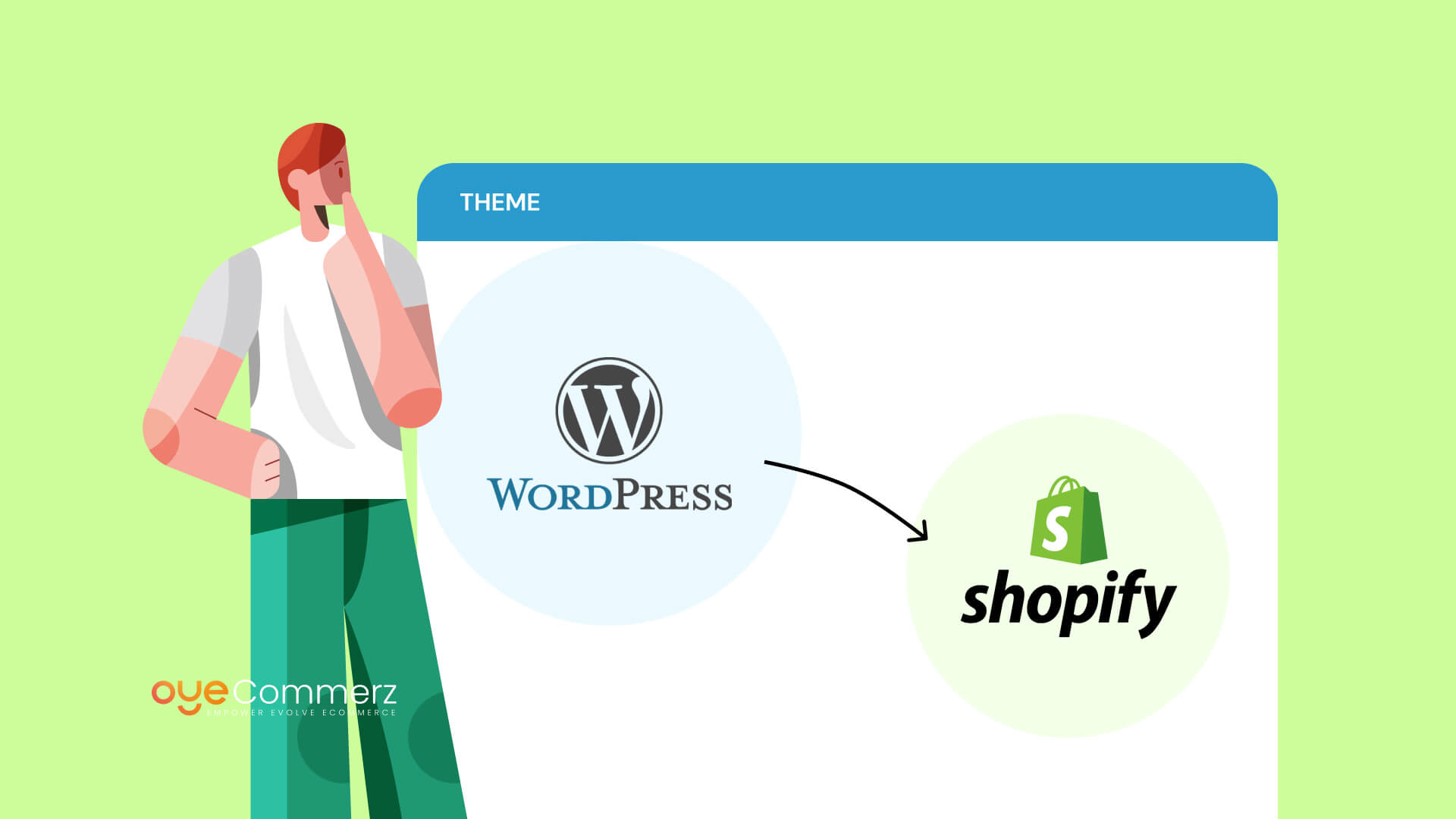The journey of an e-commerce business hinges on its ability to adapt, grow, and provide exceptional customer experiences.
Considering a move from WordPress to Shopify? You’re probably seeking advanced features, better scalability, and a forward-thinking platform.
Follow this comprehensive roadmap to master the key strategies, insights, and steps for a smooth transition to Shopify.
Introduction: Why Migrate from WordPress to Shopify?
WordPress is a flexible platform, but its dependency on plugins can complicate e-commerce scalability.
Built for e-commerce, Shopify delivers unmatched security, scalability, and tools tailored to retailers.
With over 4.5 million e-commerce websites using Shopify globally in 2024, it is a dominant force in the industry.
Migrating to Shopify brings advantages such as streamlined order processing, advanced payment features, and better mobile responsiveness.
Let’s dive into the key steps to migrate seamlessly.
Step 1: Assess Your E-Commerce Needs
Analyze your e-commerce store to pinpoint areas that require improvement or growth.
Pinpoint challenges such as reliance on plugins or suboptimal page speed that restrict growth.
With tools like Shopify Payments and flexible themes, Shopify minimizes the need for external plugins.
Step 2: Create a Migration Plan
Without proper planning, your migration might result in errors or unnecessary business interruptions.
Ensure a smooth transition by focusing on key areas like product inventory, customer data, and order history.
Leverage Shopify’s in-built tools and external integrations to handle data migration securely and efficiently.
Step 3: Personalize Your Shopify Setup
Create a brand-consistent shopping experience using Shopify’s versatile customization tools.
Choose from Shopify’s professionally designed themes or edit them to fit your needs.
Themes such as “Impulse” or “Prestige” deliver visually stunning layouts and powerful features.
For large-scale operations, Shopify Plus customization ensures a distinctive brand presence.
Oyecommerz provides expert Shopify Plus customization services to elevate enterprise branding.
Step 4: Safeguard Your Search Engine Optimization
Maintaining your SEO settings is crucial to keeping your website visible in search results.
Shopify tools enable redirection of old URLs to new ones, safeguarding existing traffic.
Customize meta tags and integrate Google Analytics to track performance post-migration.
Failure to handle SEO settings correctly can cause a temporary loss of web traffic.
Step 5: Boost Your Store with Key Shopify Apps
Unlock advanced features for your store with Shopify’s rich selection of apps.
Enhance customer retention with tools like Klaviyo and Yotpo designed for email and review management.
Oyecommerz offers Shopify API services to integrate advanced tools and streamline processes.
Work with Oyecommerz for custom Shopify app integrations that optimize business workflows.
Step 6: Focus on Mobile Optimization
In 2024, mobile devices account for nearly 60% of online transactions, making optimization essential.
Shopify themes are inherently mobile-responsive, providing a consistent shopping experience across all devices.
Shopify’s payment options, like Shop Pay, offer a quick and frictionless checkout experience.
With optimized navigation and fast loading times, your store can thrive in the mobile-first era.
Step 7: Prepare Your Team for Shopify
Training your team to navigate Shopify ensures they maximize its features effectively.
Ensure your team knows how to handle inventory, process orders, and analyze reports.
Team training boosts confidence and efficiency in using Shopify’s advanced functionalities.
Step 8: Verify Store Readiness Pre-Launch
Run thorough checks on your Shopify store to address Shopify Plus for large e-commerce stores potential problems before it goes live.
Ensure that all links work, redirects are in place, and product listings are correct.
Validate payment gateway functionality and test the checkout process on multiple devices.
A well-tested store provides users with a flawless shopping experience from the start.
Step 9: Announce Your New Store Boldly
Capitalize on your migration by generating buzz among your existing and potential customers.
Send personalized emails and post updates on social media to announce your improved store.
Highlight benefits such E-commerce growth strategies with Shopify as better performance and enhanced security to boost customer confidence.
Conclusion: Empower Your Business with Shopify
Migrating from WordPress to Shopify is more than a technical change—it’s a transformative step for your business.
From scalability to intuitive tools, Shopify equips your store to thrive in competitive markets.
Whether you’re a startup seeking simplicity or an enterprise requiring advanced capabilities, Shopify delivers.
Partnering with Oyecommerz ensures a smooth migration with minimal disruption to your operations.
Trust Oyecommerz to make your migration stress-free and maximize your store’s capabilities.
Ready to elevate your e-commerce strategy with Shopify? Let’s discuss your journey to success.
